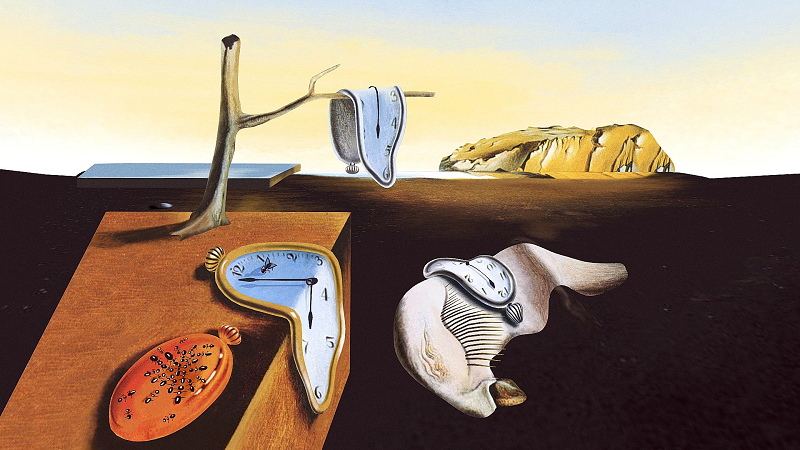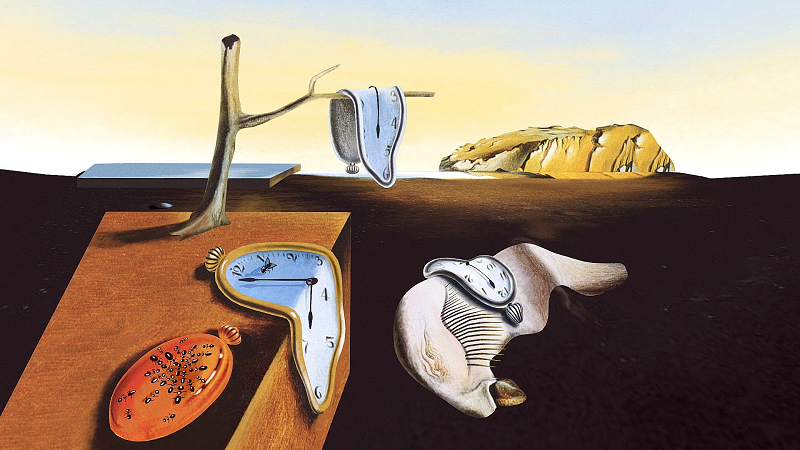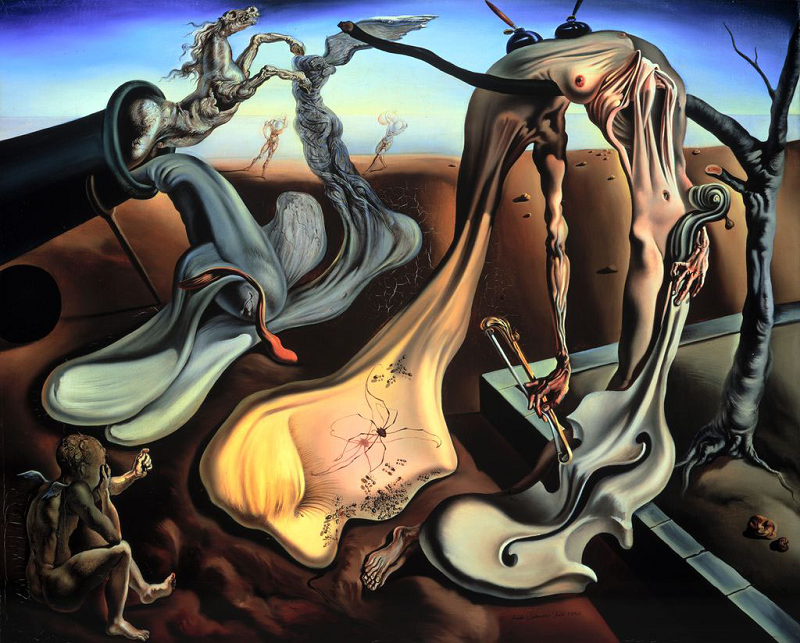
Surrealism is an avant-garde trend in the world of fine arts. It originated in France in the 1920s. With the help of allegories, the surrealists portrayed secret thoughts, desires and fears, unconscious fantasies, childhood and love memories, dreams. Thus, the artists created on the canvas a certain higher reality, which was prompted to them by the subconscious. The works of the surrealists reflected the then popular theories of psychoanalysis by Sigmund Freud.

The Persistence of Memory, 1931
The direction got its name from the French word surrealisme - "superrealism". It was invented by the French poet Guillaume Apollinaire. He first used the term in 1917 in the New Spirit manifesto. However, the French writer Andre Breton is considered the founder of surrealism. In 1924, in the first "Manifesto of Surrealism", he described the new creative method as "pure mental automatism", "uncontrolled dictation of thoughts, beyond the boundaries of any aesthetic and moral considerations."
Surrealism also adopted some features from its predecessor trends. As an artistic movement, Surrealism originates from Dadaism. More precisely, it comes to replace when he is buried in his own world of chaos. Dadaism was aimed at the destruction of everything, including itself. Surrealism changes the direction of creative activity. Here it is no longer simply destructive, but creative, although through destruction. That is, the methods remain similar, but the goal is already different. Surrealists are trying to build aesthetics with the help of those methods that served the Dadaists primarily to dismantle all meanings, stylistic and any other systems. Following Dadaism, he denied the attitudes of society, just as Fumism subtly ridiculed reality and showed three-dimensional images, like cubism. Surrealists also created bizarre images and phantasmagoric scenes, used unusual combinations and forms, and often resorted to symbols.

Metamorphosis of Narcissus, 1937
The most famous surrealist was the Spanish artist Salvador Dali. In 1929 he moved to France and joined André Breton's group. Like Freud, Dali set to work immediately after waking up, while the images that he saw in a dream were still clear in his mind. He painted bizarre paintings on a variety of topics: from religious and philosophical to love and science. For example, on his canvas The Persistence of Memory, four dials with different times melt in the desert like Camembert cheese. So the artist wanted to show the relativity of space and time.
Salvador Dali became famous not only for his creativity, but also for his carefully constructed scandalous image, eccentric behavior and defiant statements both about himself and about his environment. He lived a long, more or less happy life, was married to his one and only Gala (pronounced in the French manner, with an emphasis on the last syllable), which he elevated to a cult and idolized until the end of his days.

The Evening Spider, 1940
Dali was a master of all trades: he created illustrations, advertising logos and interiors, wrote memoirs, scripts and works of art, published cookbooks and lithographs. He was not shy about borrowing and numerous allusions to the paintings of his favorite masters - Velazquez, Vermeer and others.
Famous surrealists were Rene Magritte, Max Ernst, Andre Masson, Yves Tanguy, Frida Kahlo. But by the mid-1960s, the style had exhausted itself: its followers created outrageous plots, but ignored the deep psychological side of surrealism. However, many of the techniques of surrealism are also used by contemporary cultural figures, for example, the artist Autumn de Forest and director David Lynch.
